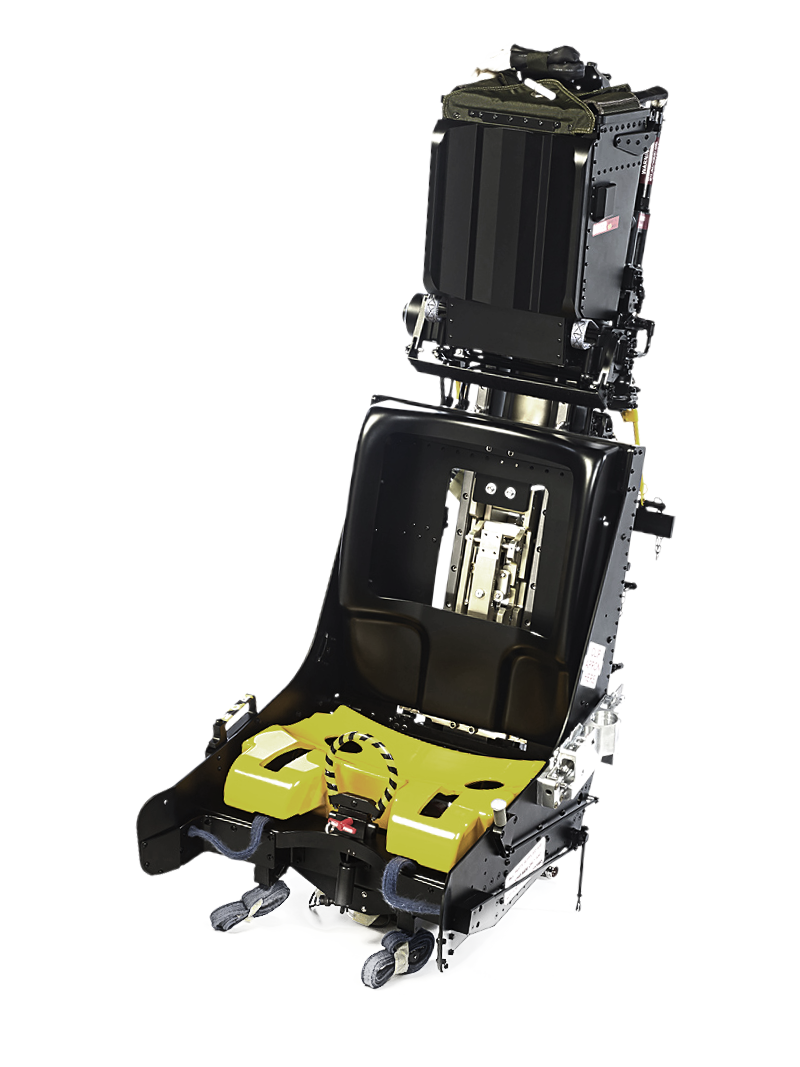Aerospace Simulation
Cranfield Aerospace (CAeS) Simulation Systems, has at the centre of its capability, bespoke motion cueing technology which provides the operator or pilot with the most immersive and high fidelity ‘feel’ to the real flying experience available in the market today.
KEY FACTS
Over 20 Armed Forces around the world today utilise CAeS' simulation solutions for their airborne training and our product is renowned for its ability to provide completely realistic onset and sustained G-cues within the simulation experience.
Utilising data input from the airborne flight model, our systems are highly tuneable to suit the subjective nature of ‘the flying experience’ and, through cueing that is complementary to our visual and aural systems, provide proven added value to training around the world.
Our motion cueing simulation solutions are particularly suitable for integration into fixed base systems without the need for 6-DOF motion and we complement the provision of g-cueing with a range of product solutions for the g-suit.
The motion cueing technology provided by CAeS has been developed over many years of effort in research and development and will continue to support our market leading position for years to come.
Cranfield Simulation g-Cueing Technology Statistics
THE TECHNOLOGY
The g-Seat
The Motion Cueing g-Seat (MCS) employs electric actuators coupled to dynamic elements to provide the following body stimuli:
- Eye height changes accountable to vertical acceleration are imparted through variations in seat bucket height.
- Changes in lumbar pressure due to vertical acceleration (heave) are stimulated by a cushion hardness change mechanism.
- Fore and aft acceleration (surge) stimulus comes from variations in backpad pressure.
- Lateral movement of the backpad accounts for lateral/rolling acceleration (sway).
In addition to the above we are able to offer a whole host of additional optional features; for example negative g-cueing, the required sensations associated with arrested landings, ‘differential’ roll cue, the effects of vibration caused by rotors in helicopters, the effects of gunfire and other in flight disturbances, and the effects of on the ground items.
All our motion cueing systems are provided with an easy to use interface and are provided with a comprehensive ‘BITE’ (built in test equipment) capability along with health / usage monitoring features for life of product.

Benefits
CAeS is committed to providing motion cueing systems in the civil market where the benefits in training productivity are now more measurable than ever before.
The primary benefits of the Cranfield Aerospace (CAeS) motion cueing product are the provision of high precision onset and sustained motion cues in a high fidelity airborne environment that is as close to the real environment as possible. The resulting high quality experience for the operator or pilot of the airborne system is unsurpassable in the field of dynamic simulation for airborne systems and delivers a level of performance that the laws of physics deny to the conventional 6-DOF platform. Furthermore this capability is provided to our customers in a compact and easy to use form that by comparison to other motion systems is realisable at a fraction of the cost.
CAeS also provides our customers with the full capability required for after market support (in-Country if necessary) and can offer a range of finance options for the provision of both products and services.

